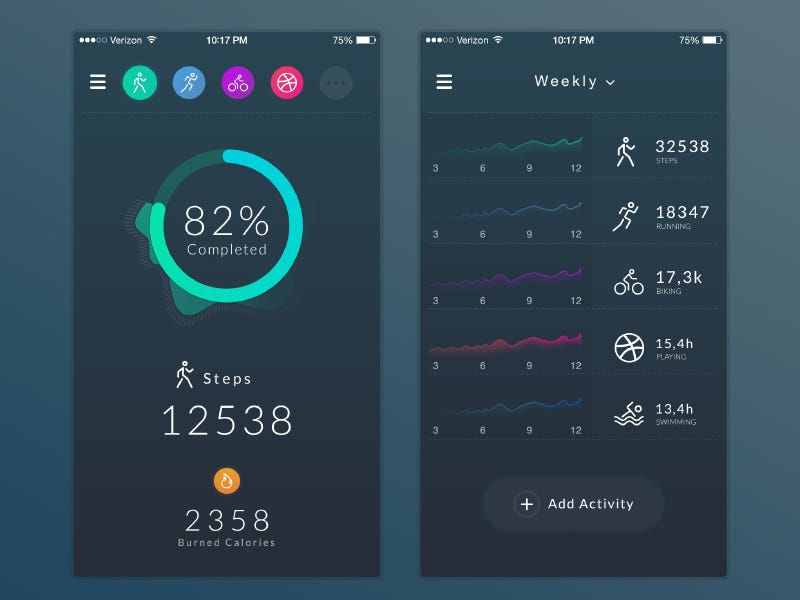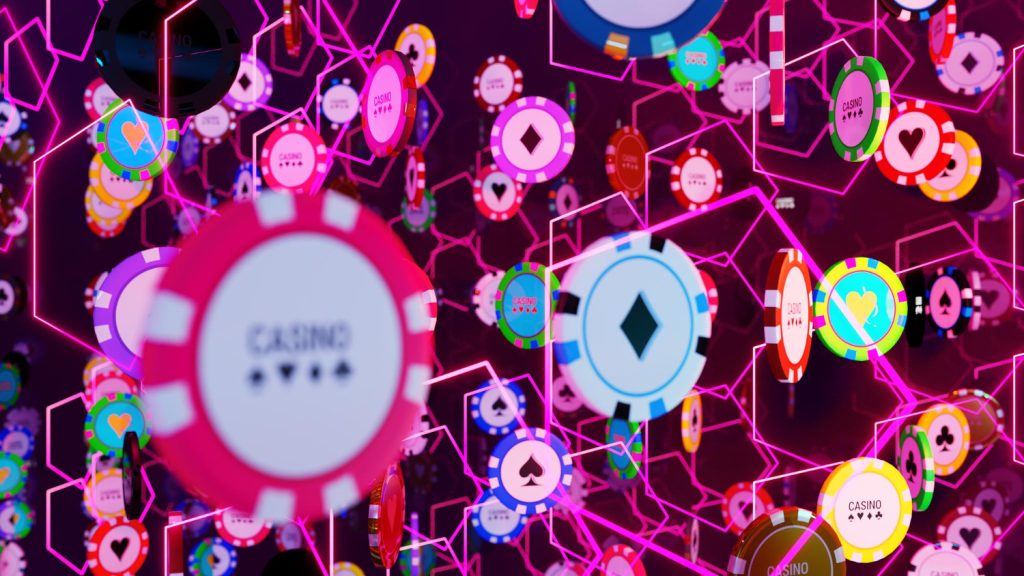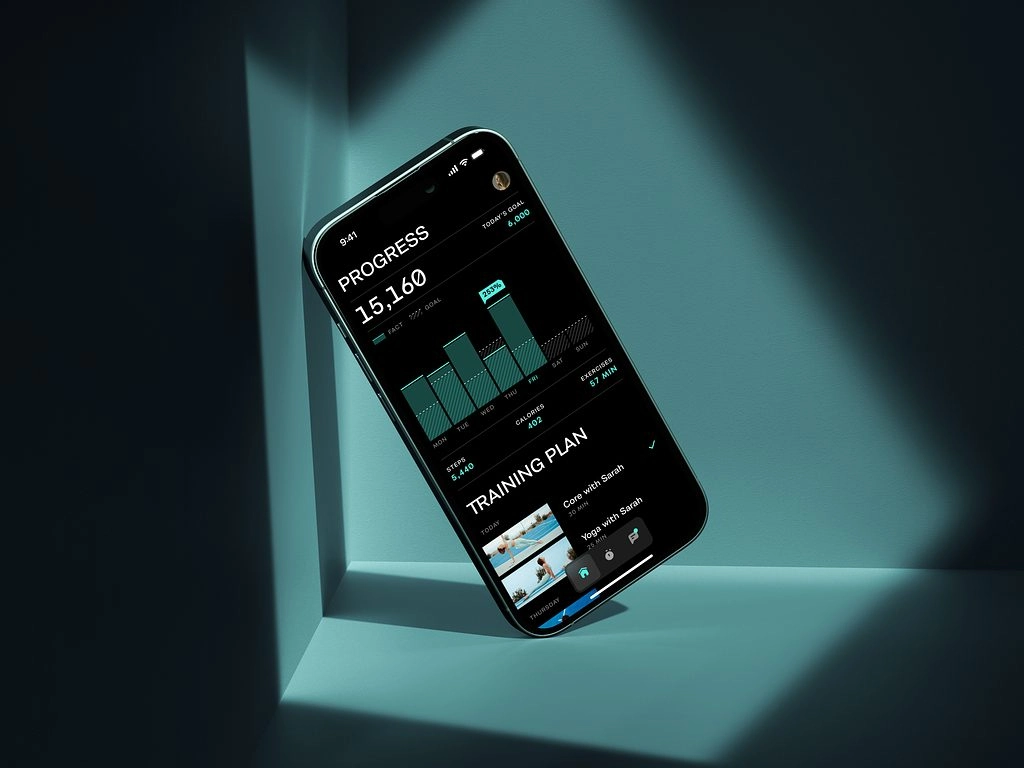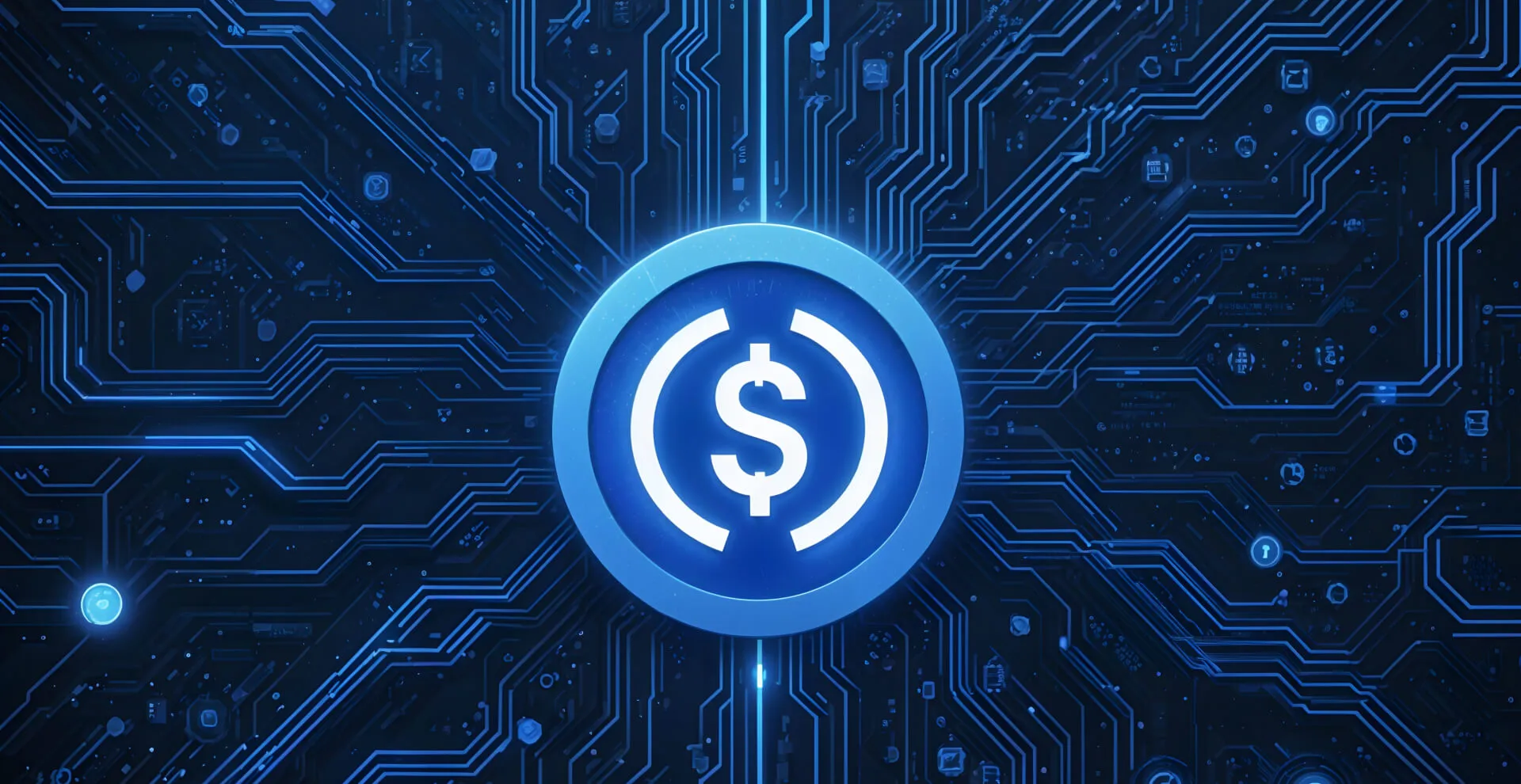Innovative ways to capture audience attention in live sports and entertainment venues are on the rise and the most recent one is gamified step tracking. The technology of motion sensing now allows every high five audience members give or cheer they let out to be quantified and rewarded digitally; encouraging fans to physically move. Positional sensors along with mobile devices can be used to reward activity, promote healthy competition, and increase loyalty towards the team. Coupled with the the ambition to view powerful data on crowd behavior, stadiums can now graduate to being called places that source delight. The fans and spectators earn from the incentive of having tokens rewarded for the distance walked or steps taken alongside the energetic thrill and excitement of feeling alive at a sporting event. This creates positivity for the fans, teams, and stadium operators.
Combining Wearables with Stadium Technology

Effective gamified fitness challenges like step contests require users to have an effortless experience and continuous data collection. Many stadiums already offer high-capacity Wi-Fi and engaging mobile applications; the subsequent progressive step would be to augment those systems with Bluetooth and low energy (LE) radio signal detectors located in concourse, seating, and hospitality areas. As fans approach each beacon, wearable wristbands or smartphone applications trigger “step events” which in aggregate feed into an engagement engine. For big venues, multiple layers of detection, including floor pressure sensors in monitored heavy traffic walkways to camera-based motion analytics, allow tracking in a private manner.
From the viewpoint of the fan, registration is simple: install the official venue app, connect a compatible wearable or a phone’s health tracker, and activate the step counting feature during ticket signup. In the pre-event onboarding stage, fans select an avatar and join venue-wide subdivisions (“North Stands” versus “South Stands”) and accept the terms of data usage and token rewards. When the event starts, participants are able to view a live “step-o-meter” on the app that registers the collective steps of each team or stand; this promotes team-based timed lap-sprints or celebrations during halftime entertainment or post-game festivities. This system design is complex, as many backend servers are needed to handle thousands of simultaneous BLE and sensor signals, but strength in modern cloud computing enables on-demand scaling, even in overstretched capacity scenarios—making attendance at a sold-out stadium reliable.
Incentive Systems and Token Economies
An example of a gamified step counter is one which attaches real-world value to a recorded step. Organizers mint a limited number of stadium tokens — a type of digital currency issued on a private blockchain or sidechain. Fans earn tokens for every block of steps taken, usually in increments of 500 or 1,000 steps. These tokens can be uploaded for a variety of benefits such as vouchers for concession merchandise, upgrades of seats for future events, entries to prize draws for signed memorabilia, and many more. Token distribution can also be linked to social engagement boosts, like replacing step tokens with shares of the fan’s live-app broadcast to their friends or followers.
As an example, unclaimed community tokens could be repurposed into community grants in addition to expiring. This both mitigates inflation and reinforces community participation. To add more charm, dedicated fans are able to trade tokens among themselves through the app’s wallet, creating small economies where in-demand tokens like VIP hospitality passes can be sold for exorbitant amounts. Through the blockchain, anyone and everyone can see how tokens are moving. This gives community managers the ability to monitor for possible fraud and adjust the funding rates based on things like stadium occupancy, type of event, and other fan interactions. Every community is different, and combining all of these elements creates an ecosystem that motivates people and enhances the excitement at events.
Improving Health Outcomes and Fan Engagement
Kyron fans are no longer passive fans; now, they enjoy the full experience of being a fan. Step tracking encourages them to be active and meet health goals. Fans walk more, take the stairs, and move around during breaks in the game. Participants, as per post-event data, surpass with flying colors the benchmark of daily activity just by going through concession stands, restrooms, or looking for good spots to take pictures. These benefits can be enhanced by connecting the system to wellness programs from local health insurers or corporate sponsors, which provide donations to community fitness centers when goals set by the participants are achieved.
This method also reinvigorates halftime and intermission activities. Rather than merely static video montages, a stadium could host “step sprints” wherein fans in specific zones attempt to beat the clock for added bonus tokens towards the fastest tracked mile. Fans could be featured on the jumbo screen or even receive shoutouts from the in-stadium announcer as a form of livened collective experience, further enriching the participation within the engaged audience. Throughout the season, galas can showcase live monitoring of team and individual rankings, encouraging them to bond over shared appreciation for the sport and taking care of themselves. This manner of tracking the steps turns into another means through which supporters relate with the franchises as every step becomes a heartbeat in the life of the franchise.
Implementation Challenges and Best Practices
As much as the advantages of tracking gamified steps have been discussed already, organizers must deal with a few challenges when putting them into practice. Firstly, the most sensitive issue of privacy comes into play: fans must retain full control over the collection, storage, and sharing of their movement data. Compliance with international rules like GDPR in Europe and CCPA in California require robust consent and opt-out pathways. To address equal access for all users, a mobility impairment provision needs to be in place for the system’s design. Alternative metrics like step-level engagement using mini games via an application ensure broad participatory equity.
In practice, the accuracy of Bluetooth and sensor networks in areas with dense crowds can be inconsistent. Stadiums are required to implement fallback methods, such as merging with mobile-OS step counters or directly accessing accelerometer data from wearables, to ensure tracking accuracy. Extensive pre-event stress tests and pilot programs can determine signal-dead zones and assist in guiding hardware placement. Lastly, the economic design of the token model should refrain from enabling exploitation, like step-count spoofing through mechanical vibrators or bots. The smart-contract logic for the model, alongside some manual audits and anomaly detection, can flag irregular step patterns and disqualify those invalidated accounts.
The Future of Gamified Stadia

As stadia begin to gamify step counting, the idea will likely further develop into full onsite gamification systems. Achievement badges could be awarded for visiting multiple venues through an AR tourism pass, unlocking course challenges to learn stadium history, or stepping towards specific sustainability milestones, like charging EV stations powered by clean energy generated within the park. Conglomerates across leagues and event promoters can foster loyalty networks by permitting step tokens to be exchanged for perks in different arenas.
In the explorable future, the successful implementations will rely on the integration of step tracking concession and ticketing systems within the venue, structured reward models, and strong technical frameworks. Further venue adoption will come as fan interactions, concession and merchandise sales, as well as wellness program-related media coverage, begin to improve. It will graduate from novelty to standard practice as gamified step tracking becomes synonymous with stadiums. Fans supporting their teams will receive digital rewards for every footstep they take, making every cheer feel different. By embedding movement into the experience, stadiums can continue to stir the atmosphere long after the last whistle while fans exit with souvenirs and rewards collected step by step.


